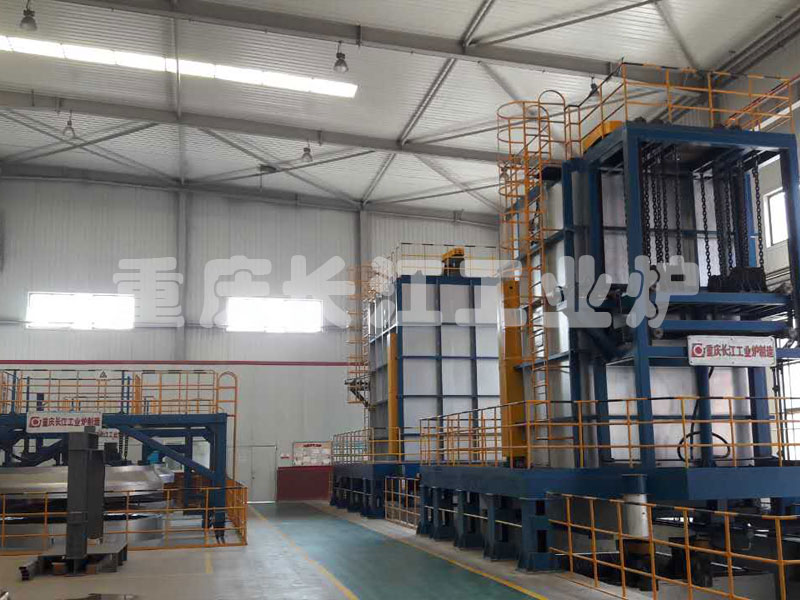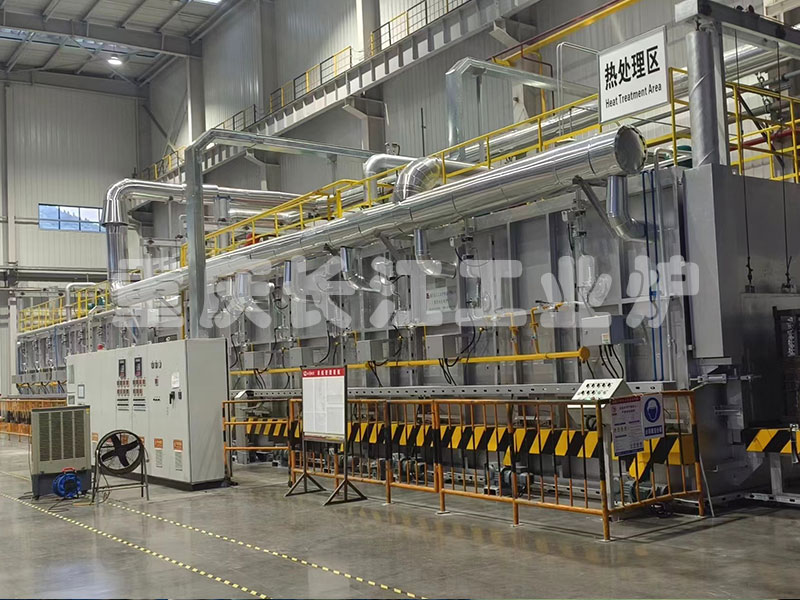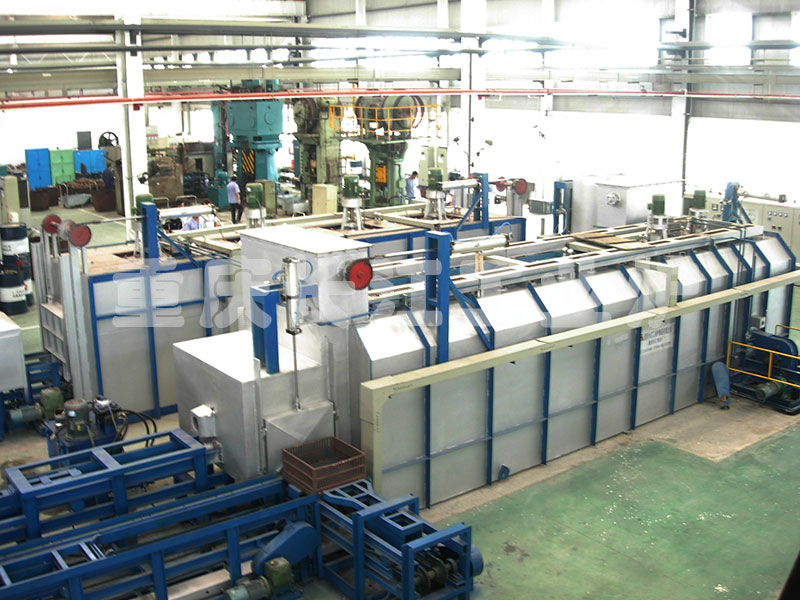What are the brief testing standards for heavy oil and fire oil burned in Chongqing industrial furnaces?
The ratio of quality to volume of oil products. The commonly used units are grams per cubic centimeter, kilograms per cubic meter, metric tons per cubic meter, etc. Due to the change in volume with temperature, density cannot exist independently of temperature. The density of light burning oil is usually around 0.98, while the density of heavy oil burning oil is usually around 1.13. However, according to the needs of different oil boilers, a compromise burning oil can also be produced. For the convenience of comparison, the standard density for petroleum is determined to be below 15 ℃ in the West.
Ash is the remaining part of the oil that cannot be burned after combustion, especially after the catalytic cracking cycle oil and slurry permeate the fuel oil, it will cause the pump. Valve wear slows down. After processing, there will be little ash content in the burning oil and the burning oil of Chongqing industrial furnace. In addition, ash will also cover the heating surface of the boiler, causing deterioration in heat transfer.
The presence of water can affect the solidification point of combustion oil, and as the water content increases, the solidification point of fuel oil gradually increases. In addition, moisture can also affect the combustion performance of fuel machinery, which may cause furnace stalling, shutdown, and other disturbances.
Excessive sulfur content in fuel can cause metal equipment corrosion and contagion. Among the fuel oil bases in the country, Xinjiang Oilfield, which has been developed in recent years, has a better moral character. Therefore, in recent years, there have been more enterprises engaged in burning fire oil and boiler fuel oil in Xinjiang. According to the level of sulfur content, fuel oil can be classified as high sulfur, medium sulfur, and low sulfur fuel oil. Among the components of petroleum, sulfur is the third important component, except for hydrocarbons. If the sulfur content is below 1%, it is called low sulfur; If the sulfur content is above 3.5%, it is called high sulfur. High sulfur fuel oil is traded on the Shanghai Futures Exchange.
The heat released from the complete combustion of one kilogram or one cubic meter of burning oil is a characteristic property of a material, commonly measured in joules per kilogram. For friends who need boiler combustion oil, fire oil, and heavy oil fuel oil, calorific value is the preferred indicator for consideration. Burning oil and boiler burning oil are precisely used in modern industrial production due to their high calorific value and high energy, such as large heating boilers in glass factories, ceramic factories, asphalt mixing plants, steel factories, aluminum factories, etc. The high calorific value supplied by burning oil has long replaced coal burning boilers with high infection and electricity consumption. Therefore, the commonly used heating oil has a calorific value between 9000 to 9800 kcal.
Viscosity is the most important performance indicator of fuel oil and an important standard basis for distinguishing fuel oil grades. It is a measure of the flow resistance ability, and its size reflects the ease of flow, pumping, and atomization performance of fuel oil. For high viscosity fuel, it is normal to preheat it until the viscosity reaches a certain level, and then enter the burner to make it easy to spray physicochemical substances at the spray point. At the beginning, the commonly used viscosity in China was 40 ℃ kinematic viscosity (distillate type fuel oil) and 100 ℃ kinematic viscosity (residue type fuel oil).
Flash point is a safety indicator of oil products. Under specific standard conditions, an oil product is heated to a certain temperature, so that the steam it nominally escapes is just enough to form a flammable mixture with the surrounding atmosphere. When it comes into contact with a standard test ignition source and the mixture, it will cause an instant flash fire. At this time, the temperature of the oil product is defined as the flash point. We have been engaged in the production of boiler heavy oil, fire oil, and boiler combustion oil for many years. Here, we propose to remind friends and partners to purchase and transport oil products. The flash point detection of oil products must be particularly careful, serious, and safe! The flash point is sufficient to represent the level of damage caused by oil ignition and combustion, and it is customary to classify hazardous materials based on the flash point.
Mechanical impurities can block the filter screen, causing wear of the oil pump and blockage of the fuel injection nozzle, affecting abnormal combustion. Here, it is proposed to stop sufficient heating and baking of the oil pump before pumping the fire oil and fuel oil, in order to facilitate the transportation of the fire oil.







